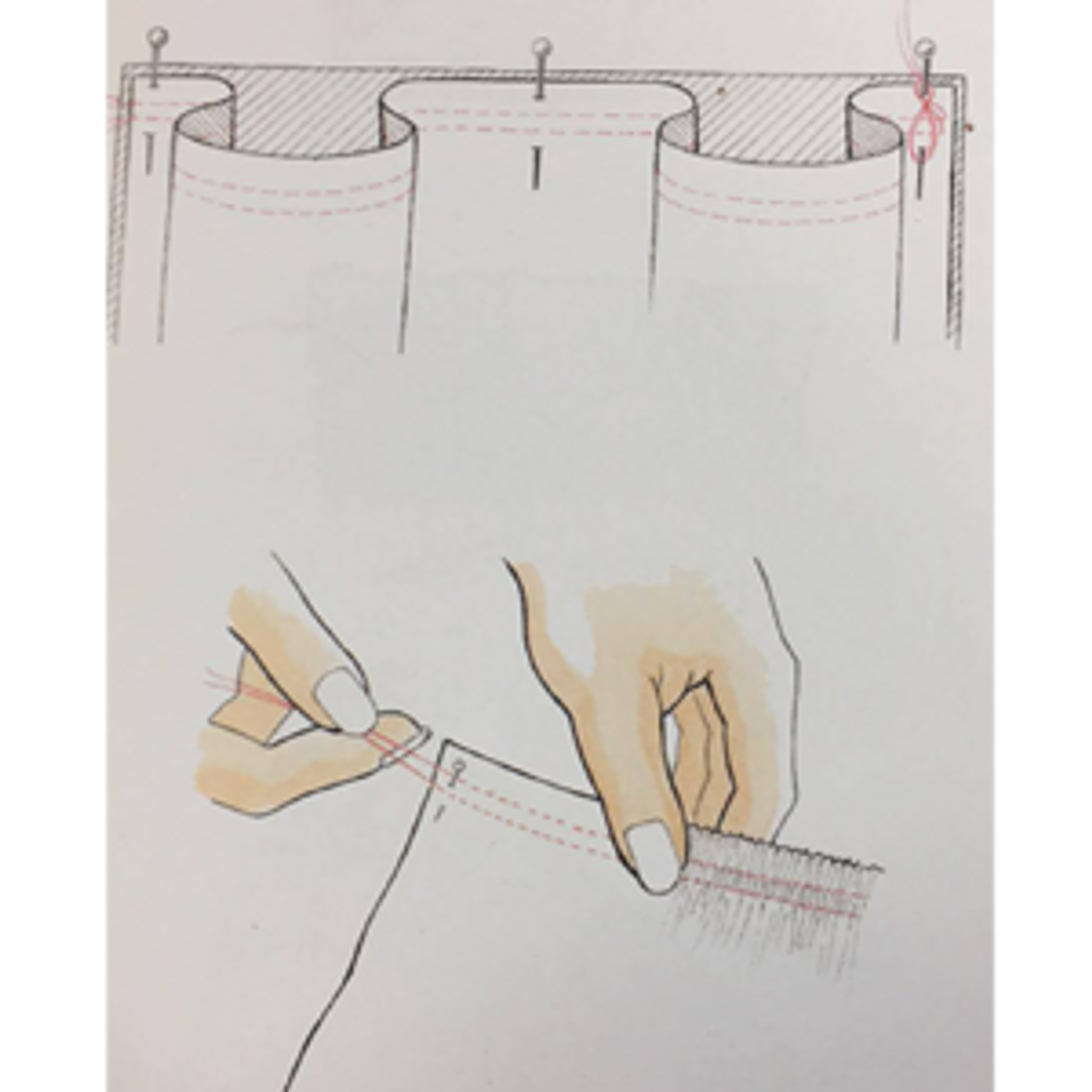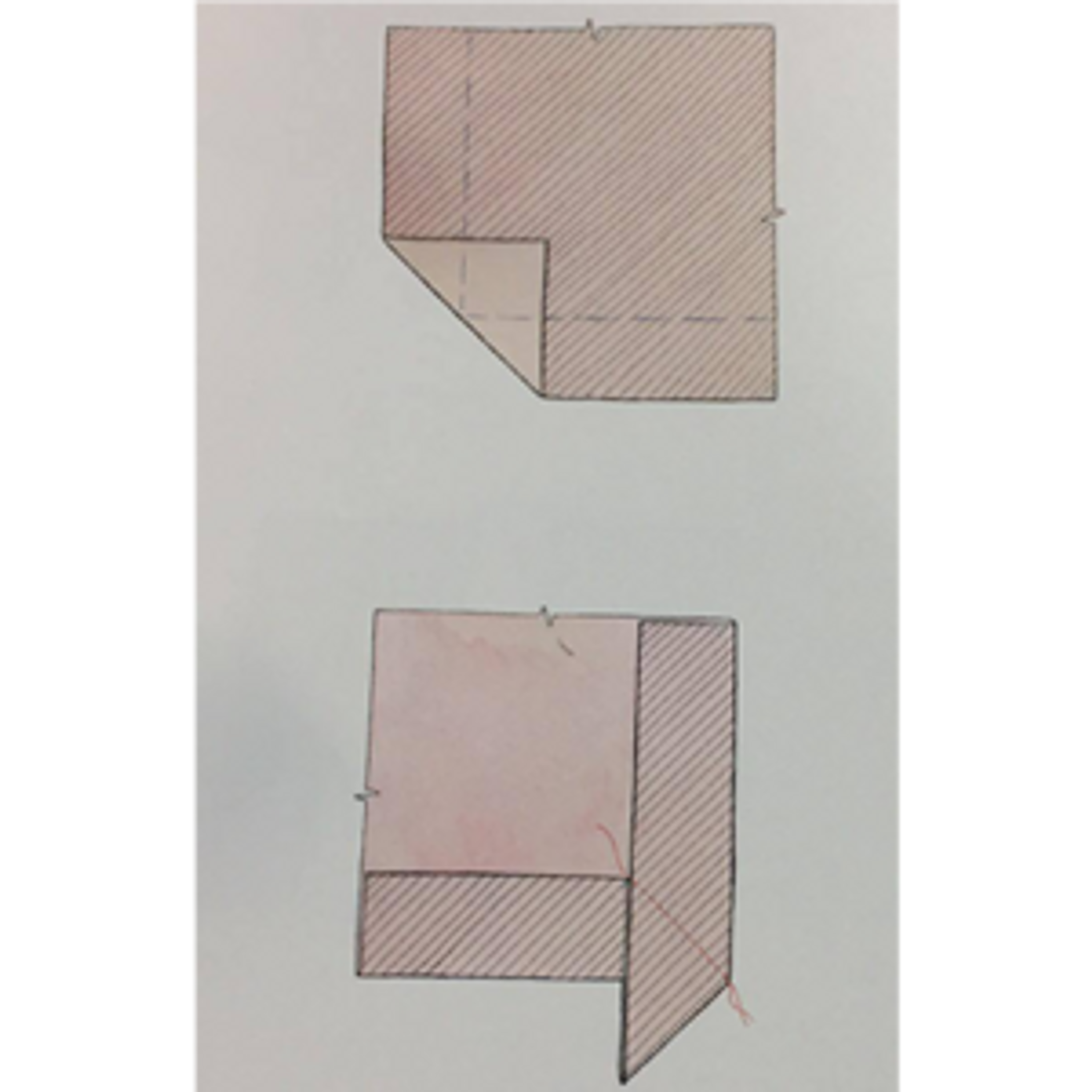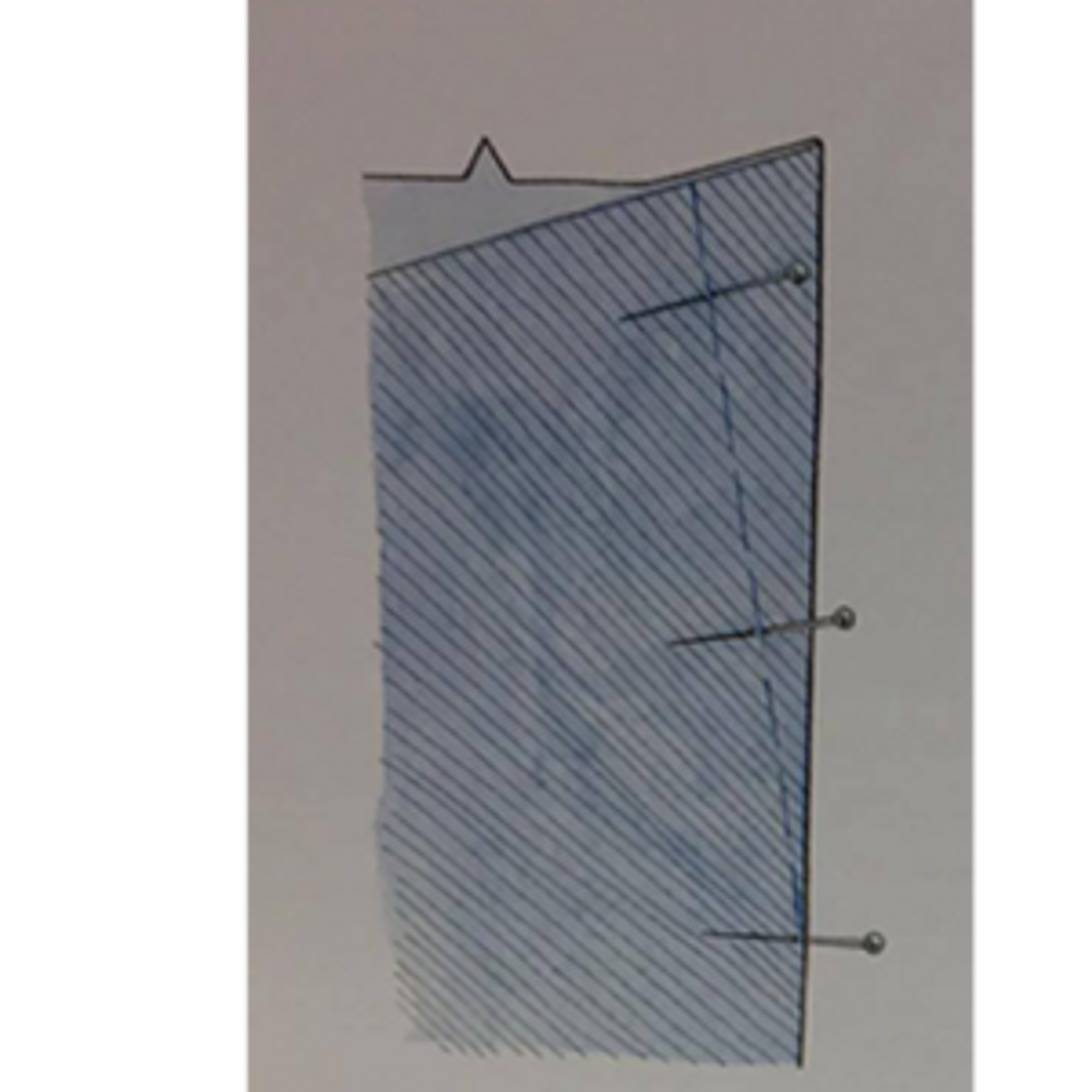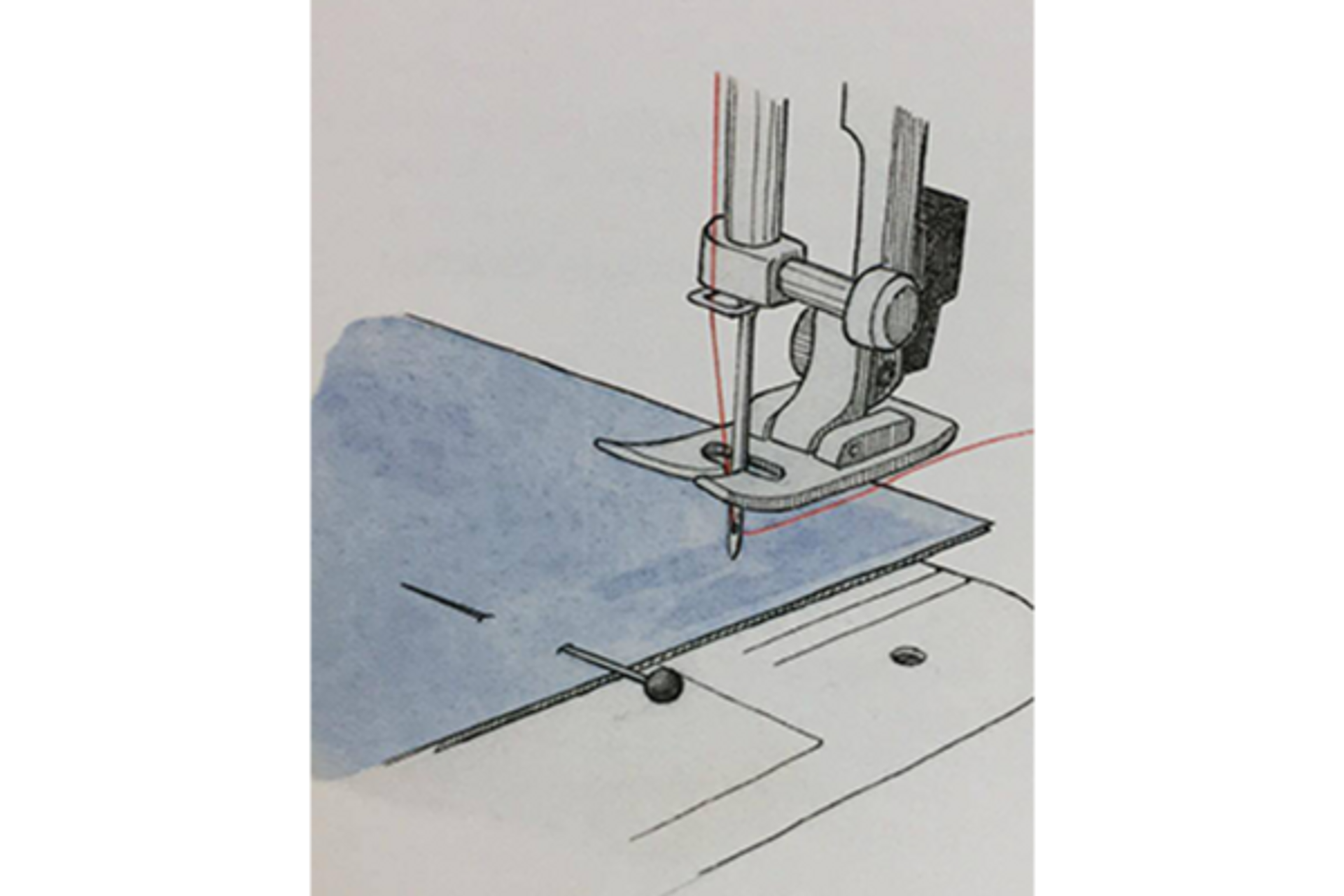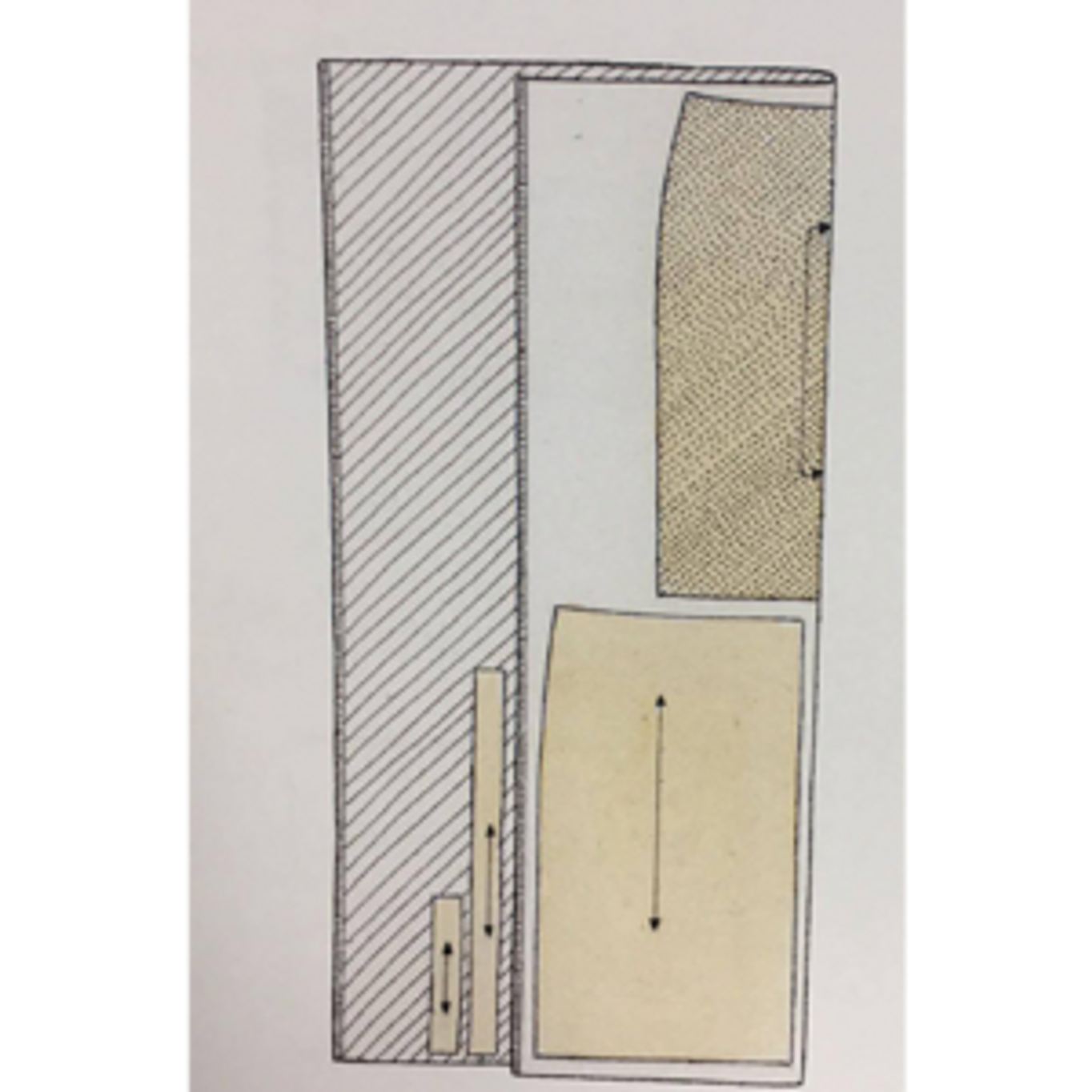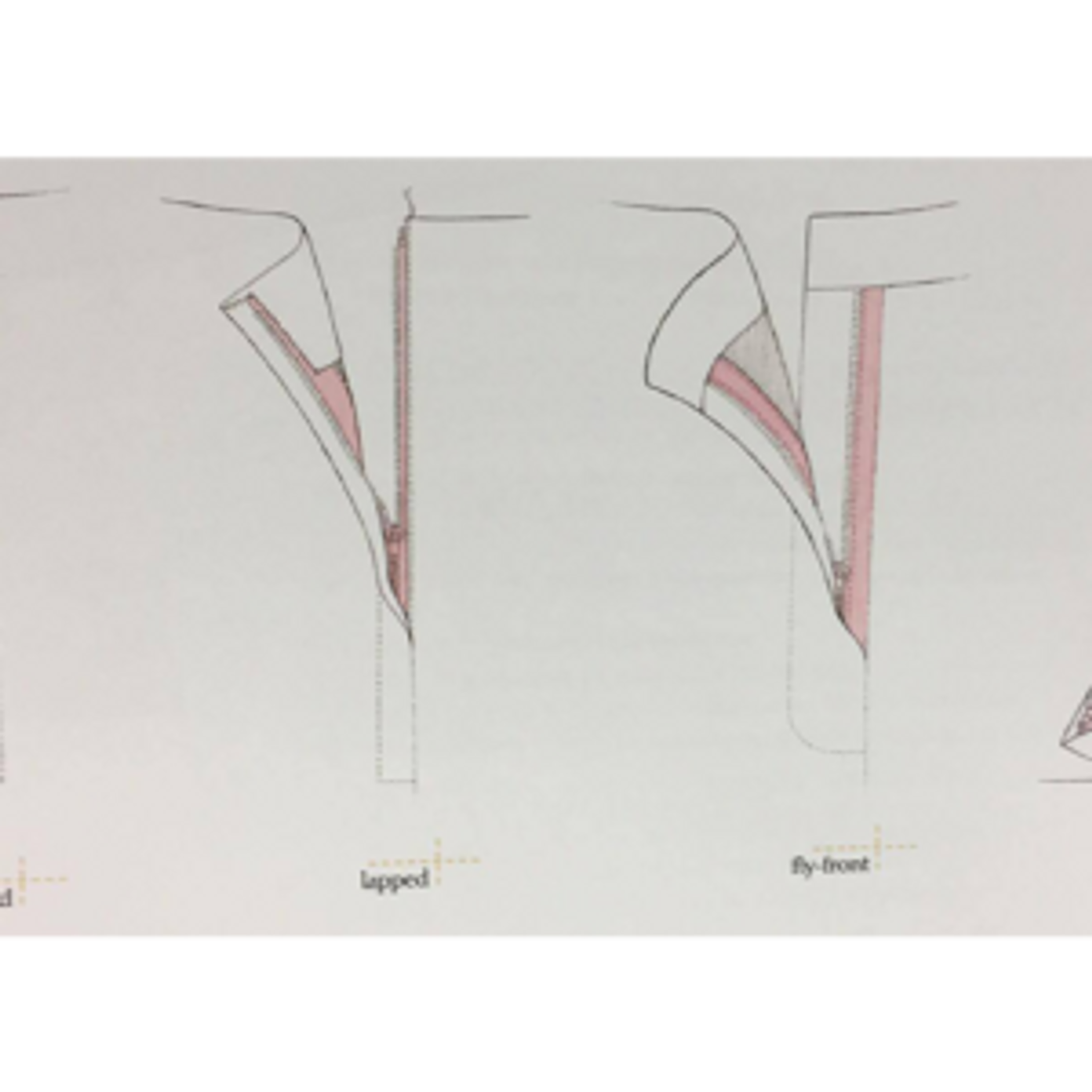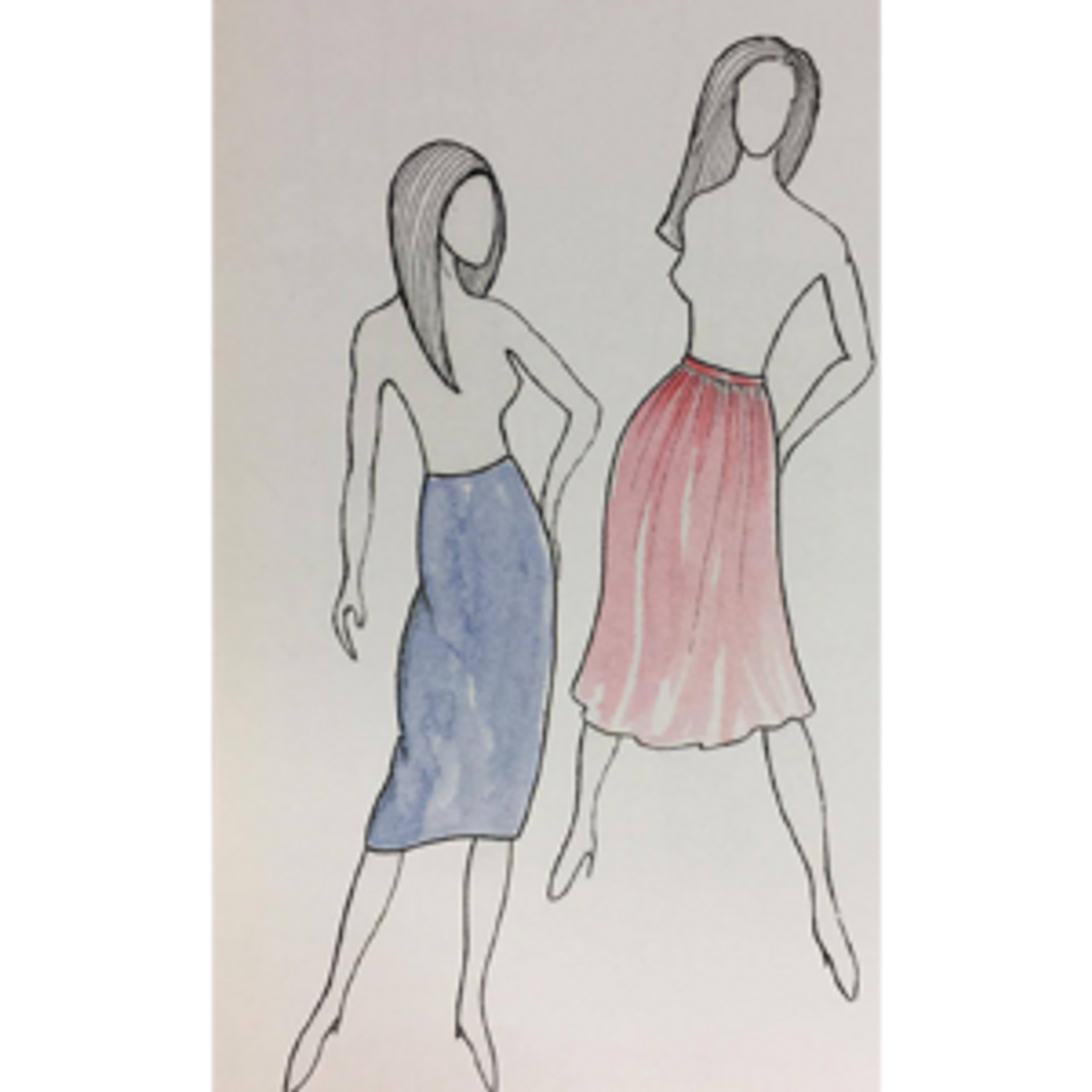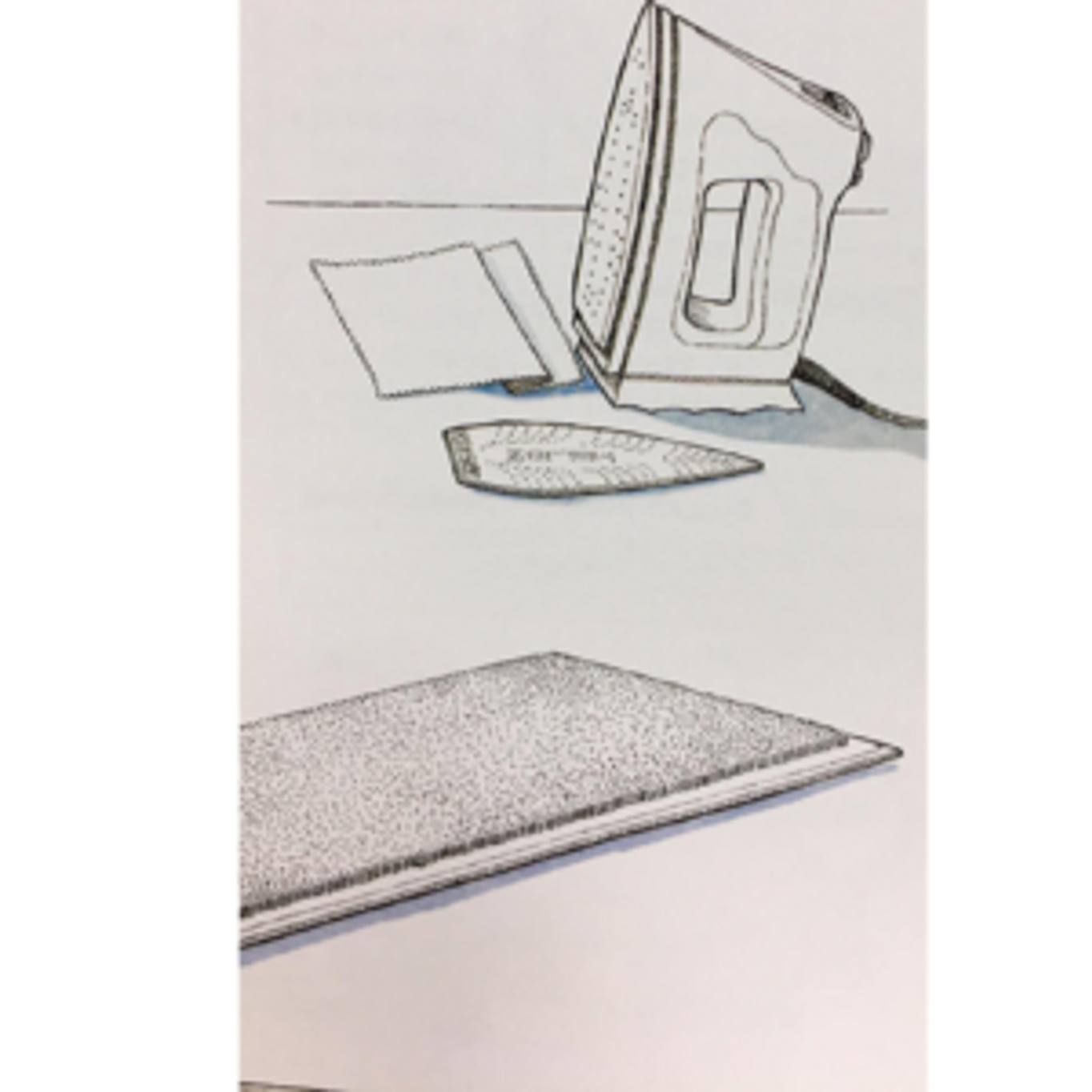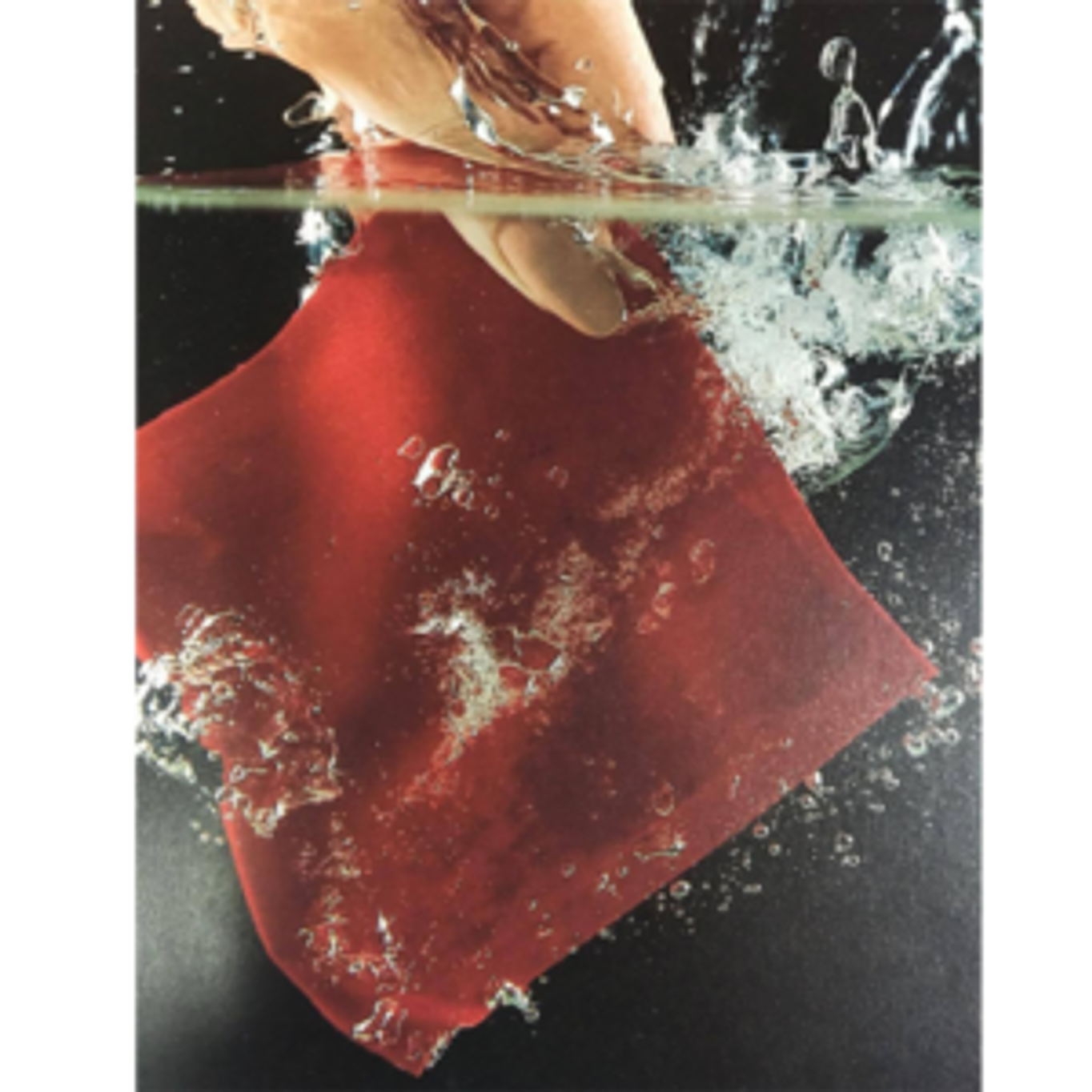You can sew lengths of elastic directly to the wrong side of the fabric to shape a garment at wrists, ankles, and waistlines. Choose woven or knitted elastic that is soft enough to wear close to your skin. Cut it slightly shorter than you need because it stretches during sewing. Sew with a stretch stitch or a zigzag stitch, which will stretch along with the elastic.Finish the hem of the garment, if applicable. Mark t
10th Nov 2016
Gathers are a series of tiny, soft folds of fabric that create shaping. Usually you'll add gathers to garments at waistlines, yokes, sleeve caps, cuffs, and necklines.Set your machine to its longest straight stitch (the basting stitch). Loosen the upper thread tension slightly. Thread the bobbin with a contrasting colour of thread for greater visibility.On the right side of the fabric, stitch two parallel lines in th
3rd Nov 2016
Mitering is a method of minimizing bulk - for example, in the corners of the patch pockets or on lengths of applied trim or ribbon. The two edges of fabric are joined diagonally to create a neat, flat miter.Mitering Corners of Patch PocketsPress all seam allowances to the inside of the pocket. Open the seam allowances and fold the corner diagonally so the crease marks line up at the seam line. Press the diagonal and
3rd Nov 2016
A dart adds dimension and shape to a flat piece of fabric, allowing the piece to mold to the body at the bust, waist, hips, or elbows. Different styles of darts are positioned in different areas of the garment, depending on the shaping needed. The single-pointed waist dart is the most common style.Mark a single-pointed dart using your pattern as a guide. Fold the dart down the center, right sides together, matching t
24th Oct 2016
There are many types of seams you can use to join two pieces of fabric. Your choice depends on the fabric characteristics, the construction requirements, and the finished effect you would like to achieve.Plain seam:This is the type of seam you'll use the most often. With the right sides together, stitch 5/8" (1.6cm) from the edge. Backstitch two or three stitches at the beginning and end of the seam. Press the seam f
21st Oct 2016
Seams are the basic construction elements that hold the fabric pieces together. Most often, you wills sew a straight-stitch seam with a stitch length of 8 to 12 stitches per inch (2.5cm). If the fabric is heavy, set the machine for a longer stitch length - 6 to 10 stitches per inch (2.5cm)If the fabric is lightweight, set the stitch length to a shorter length - about 12 to 14 stitches per inch (2.5cm). The seam allow
11th Oct 2016
Pattern sizing is different from ready-to-wear sizing. Compare your actual body measurements to the fitting/measurement chart at the back of the catalogue. Choose the pattern size that most closely matches your body measurements. If all your measurements don't match up with one size, choose a pattern that matches your bust size when making dresses, blouses, and jackets. Choose a pattern that matches your hip size whe
19th Sep 2016
Zippers make it easy to put on and take off clothes. All Zippers open and close through the action of a self-locking slider and pull tab. There are three types of zippers, distinguished by their teeth: a polyester interlocking coil, molded plastic teeth, and stamped metal teeth. All of these teeth styles are attached to a fabric (usually polyester) tape.Shortening a zipperIf you can't find the right length zipper, bu
13th Sep 2016
Lining is most commonly used in tailored garments, such as jackets, coats, trousers, and skirts. A lining prolongs the life of the garment by enclosing and protecting the inner construction details and the interfacing. A commercial pattern will provide pattern pieces and sewing instructions for the garment should be lined.What is lining Fabric?Lining fabric is tightly woven and lightweight. It has a silky, slippery h
5th Sep 2016
Interfacing is sewn or fused to the wrong side of fabric to add body, stability, and shape to garment pieces. It is used within collars, cuffs, lapels, waistbands, and pockets, behind buttons and buttonholes, and around necklines to prevent stretching. Choose interfacing that is lighter weight than the fashion fabric. To make sure they are compatible, hold them together and make sure the interfacing supports the fabr
23rd Aug 2016
Careful step-by-step pressing, combined with trimming, clipping, and grading, eliminates excess fabric thickness and creates a crisp, custom finish. The goal is to produce seams, darts, edges,and corners that are smooth flat, and thin.This cannot be achieved if all pressing is left until last or correct trimming, clipping, and grading methods are not used.Correct pressing opens and flattens seams, hems, and enclosed
22nd Aug 2016
Why Pre-wash Fabric?Preshrinking fabrics removes excess dyes and chemical finishes used in the manufacturing process.Most cotton fabrics shrink 2-3% when washed and dried, so if they are not preshrunk, the fabric may pucker at the stitching lines the first time it is washed.Some dark or vivid colours need to be checked for colourfastness to determine whether the dye bleeds to light coloured fabrics or colours the wat
18th Jul 2016


